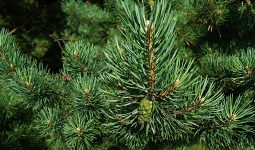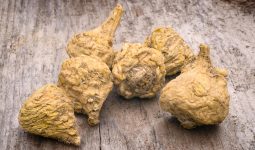Did you know that some plants in New York can be harmful to your health?
While exploring the great outdoors, it’s important to be aware of the dangerous flora that might be lurking in your backyard or along hiking trails.
New York is home to several poisonous plants that can cause skin irritation, severe allergic reactions, and even long-lasting health issues if you come into contact with them.
From the giant hogweed with its towering white flowers to the more common poison ivy, these plants can turn a pleasant nature walk into an uncomfortable experience.
You might be surprised to learn that some of these harmful plants are not just found in remote areas but can also grow along roadsides and in urban settings.
Knowing how to spot these dangerous plants can help you stay safe while enjoying nature.
In this article, you’ll learn about the most common poisonous plants in New York, how to identify them, and what to do if you accidentally touch one.
By the end, you’ll be better equipped to protect yourself and your loved ones from these botanical hazards.
Poison Ivy

Watch out for poison ivy (Toxicodendron radicans) in New York’s woods, fields, and trails. This plant can cause big problems if you touch it.
Poison ivy has leaves in groups of three. Remember the saying: “Leaves of three, let it be.” The leaves can be shiny or dull, and their edges might be smooth or jagged.
The plant contains a nasty oil called urushiol. If this oil gets on your skin, you could end up with a very itchy rash and blisters. Even a tiny bit of contact can cause trouble.
You might find poison ivy as a climbing vine or a small shrub. It can grow on trees, walls, or along the ground. Be careful – it’s good at hiding!
Here are some tips to stay safe:
- Wear long sleeves and pants when hiking
- Learn to spot poison ivy before you go outdoors
- Don’t touch plants you can’t identify
- Wash your skin and clothes if you think you touched it
If you do get a rash, don’t scratch. Use calamine lotion or hydrocortisone cream to help with the itch. See a doctor if the rash is severe or widespread.
Remember, poison ivy can be tricky to spot. Stay alert and enjoy nature safely!
Poison Oak
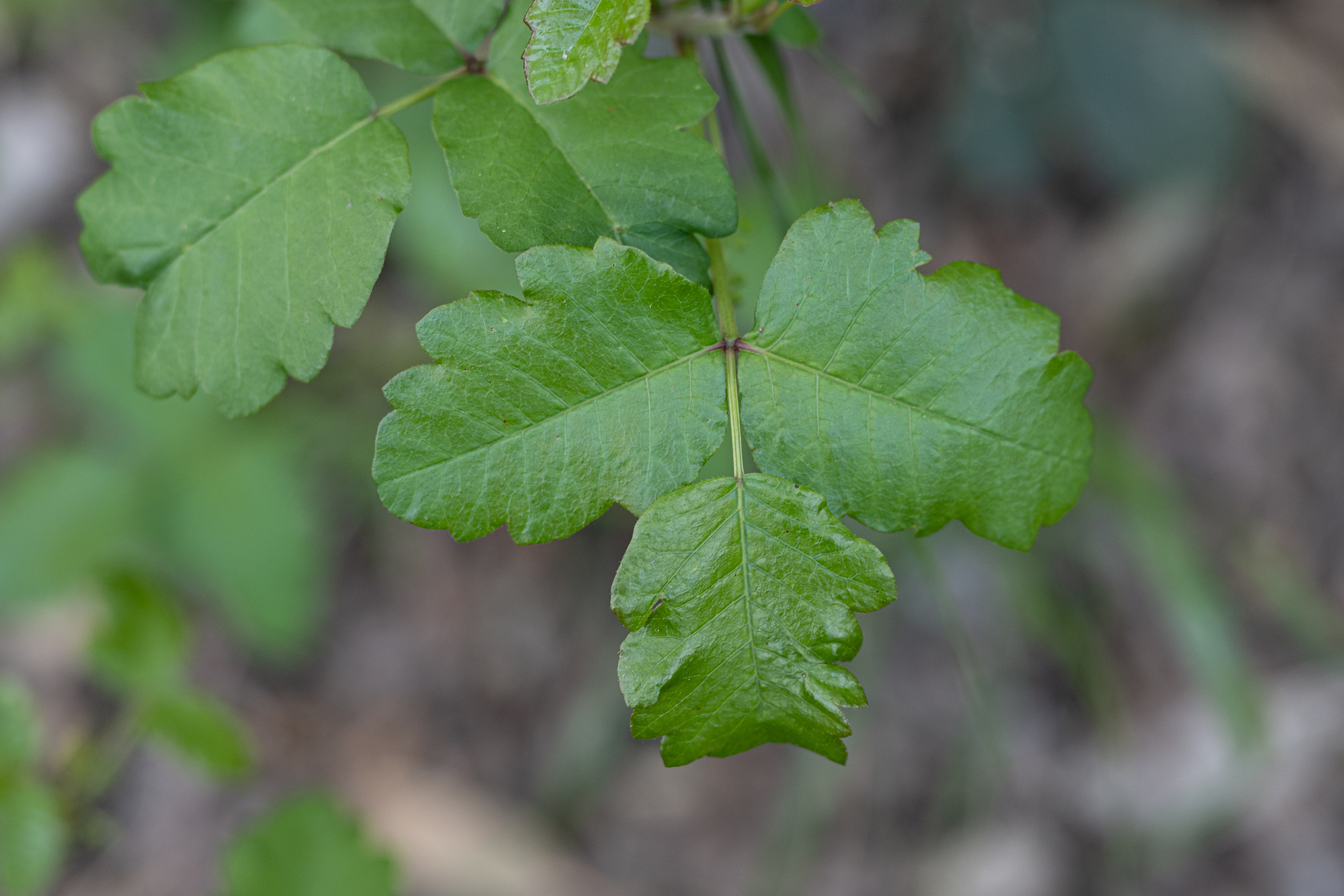
Poison oak (Toxicodendron pubescens) is a plant you should be aware of when exploring New York’s outdoors.
Though Atlantic poison-oak is not found in New England, it’s crucial to know how to identify it if you travel south.
This shrub can grow up to 3 feet tall with woody stems. Its leaves are the key to identification. Look for groups of three leaflets that resemble oak leaves.
Identification tips:
- Leaves in groups of three
- Leaflets hairy and variable in size
- Leaf edges may be smooth or slightly toothed
- Plants may vine or form upright shrubs
Be cautious! All parts of poison oak contain urushiol, an oil that can cause severe skin reactions.
If you suspect contact, wash your skin and clothes immediately. Remember, “Leaves of three, let it be.”
This saying helps you stay safe from poison oak and similar plants like poison ivy.
Poison Sumac
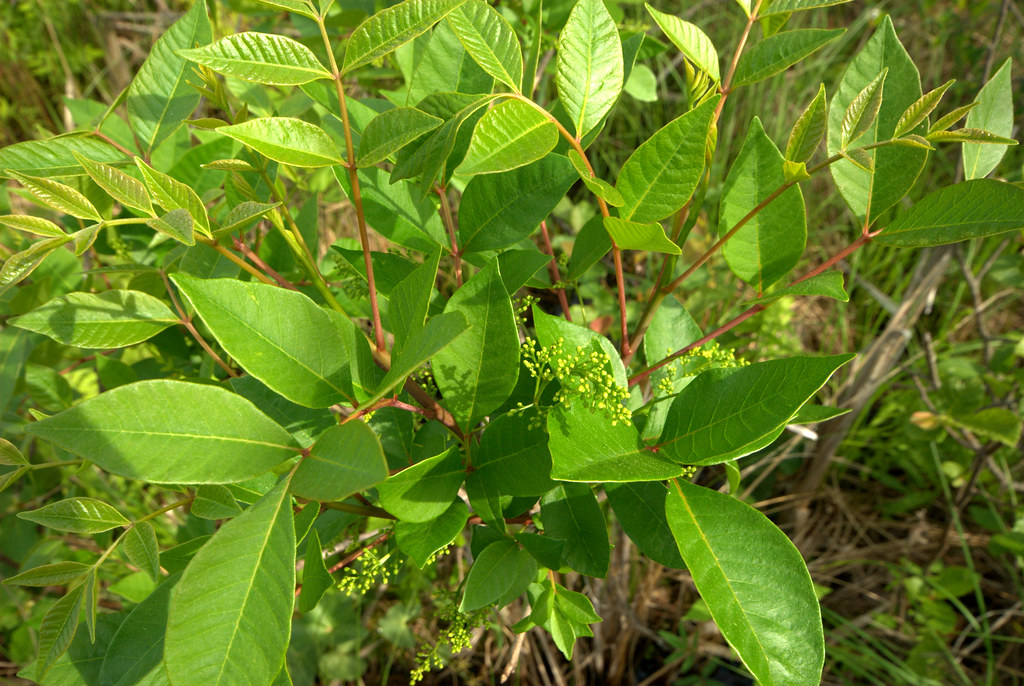
Poison sumac (Toxicodendron vernix) is a dangerous plant you might encounter in New York.
It grows in very wet or flooded soils, often found in swamps and peat bogs.
You can identify poison sumac by its unique features:
- Smooth leaf edges
- Fewer leaflets than other sumacs
- White or grayish berries (not red)
Every part of the poison sumac plant contains urushiol oil. This oil can cause severe skin reactions if you touch it.
If you come into contact with poison sumac, you may develop:
- Painful itching
- Blisters
- Rashes
Be extra careful around this plant. Inhaling smoke from burning poison sumac can be extremely dangerous for your health.
To stay safe, learn to recognize poison sumac and avoid it. When hiking or working outdoors in wet areas, wear protective clothing and stay alert.
If you suspect exposure, wash your skin and clothes thoroughly. Seek medical help if you develop severe symptoms or have trouble breathing after exposure.
Wild Parsnip
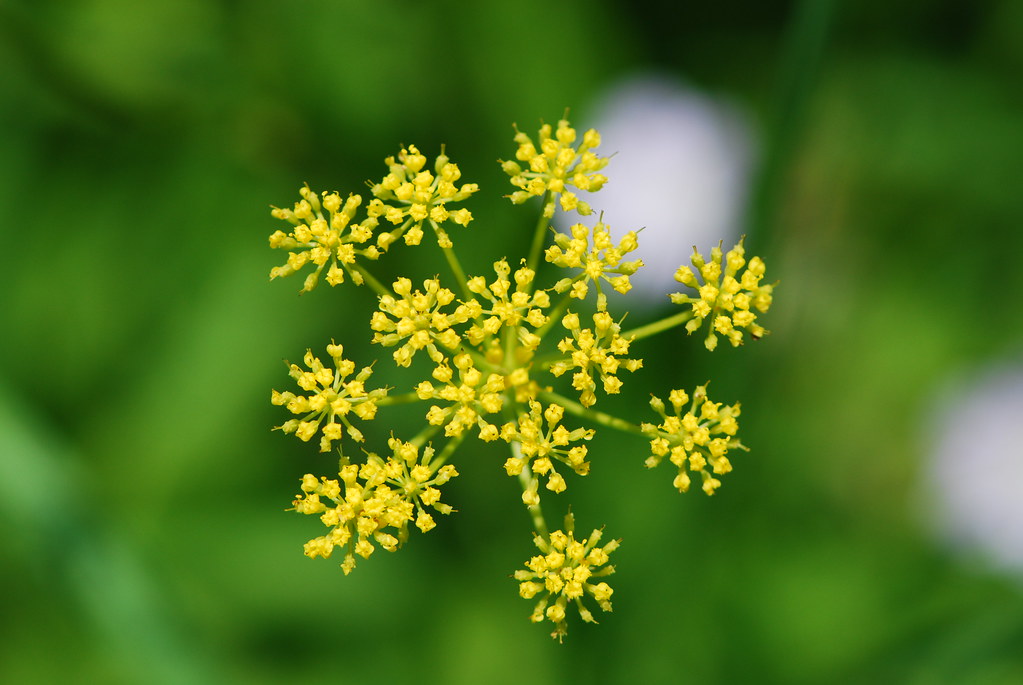
Wild parsnip (Pastinaca sativa) is a dangerous plant you need to watch out for in New York.
It can grow up to 5 feet tall and has yellow-green leaves that look like large celery leaves.
You’ll spot its small yellow flowers clustered in flat-topped arrays about 3-8 inches across. The plant’s stems are hollow, grooved, and hairless.
Be very careful around wild parsnip, especially when it’s flowering. Its sap can cause severe skin irritation if you touch it.
You might come across wild parsnip in these places:
- Along roadsides
- In pastures
- In fields
To stay safe, learn to identify this plant. Look for its distinctive features:
- Tall, erect growth (2-5 feet)
- Alternate, compound leaves with saw-toothed edges
- 5-15 ovate to oblong leaflets per leaf
If you spot wild parsnip, don’t touch it. Warn others about its presence and report it to local authorities if it’s in a public area.
Remember, wild parsnip is an invasive species in New York. By being aware and cautious, you can protect yourself and help prevent its spread.
Water Hemlock
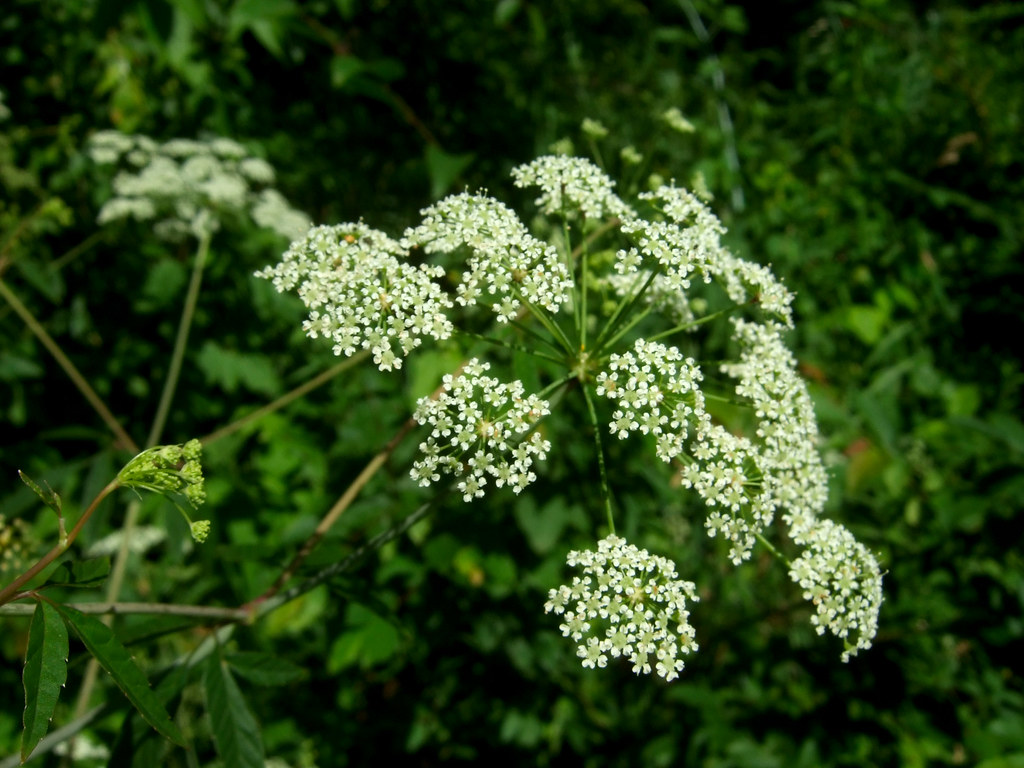
Water hemlock (Cicuta spp.) is one of the most poisonous plants in North America. You need to be extremely careful around this deadly plant.
Water hemlock grows 2-6 feet tall. It has small white flowers in umbrella-shaped clusters. The stems are hollow with purple spots or streaks.
The leaves are compound and finely divided. They may look similar to parsley or carrots. Don’t mistake water hemlock for edible plants!
All parts of water hemlock are toxic, especially the roots. Even a small amount can be fatal if eaten.
The poison causes violent seizures and muscle spasms.
You can find water hemlock in wet areas like:
- Marshes
- Stream banks
- Wet meadows
If you spot water hemlock, don’t touch it. Keep children and pets away. Contact poison control if you suspect ingestion.
Learn to identify water hemlock before foraging for wild plants. Its umbrella-shaped flower clusters and purple-spotted stems are key features to look for.
Stay safe by avoiding all wild plants that resemble carrots or parsley. When in doubt, don’t touch or eat unknown plants you find outdoors.
Rhododendron
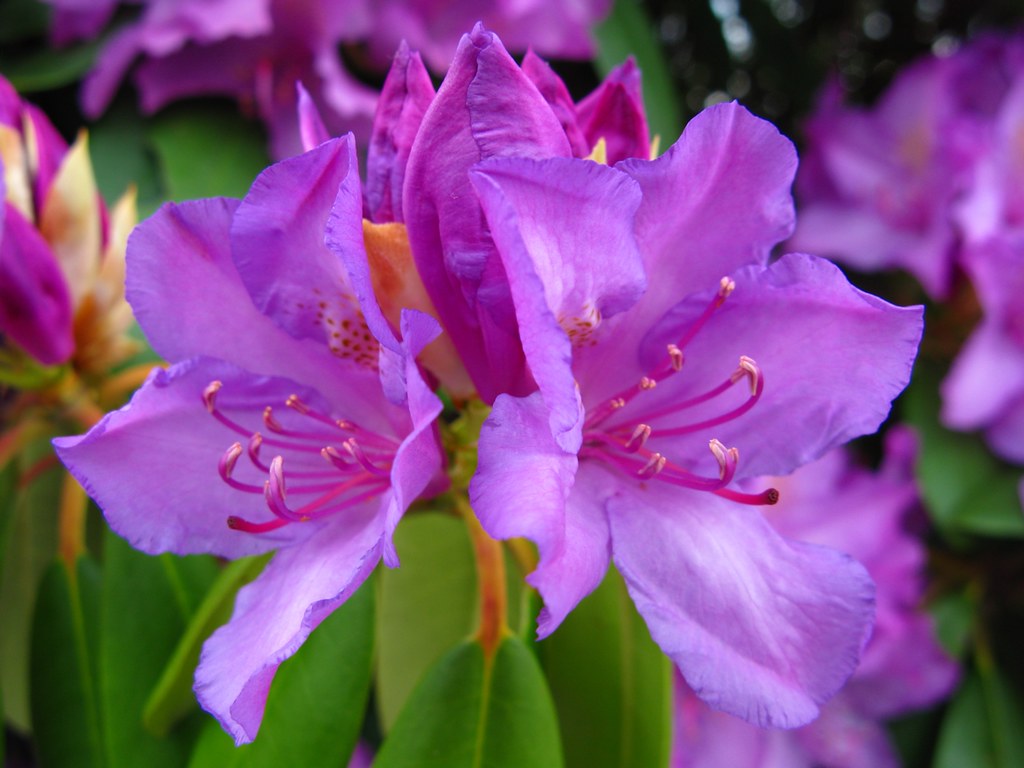
Rhododendrons (Rhododendron spp.) are beautiful flowering shrubs found in many New York gardens.
But don’t let their pretty looks fool you. These plants can be dangerous if you’re not careful.
All parts of rhododendrons contain toxic substances called grayanotoxins. If you eat any part of the plant, it can make you very sick.
Common symptoms of rhododendron poisoning include:
- Nausea and vomiting
- Weakness
- Low blood pressure
- Irregular heartbeat
In severe cases, rhododendron poisoning can cause serious problems with your heart and muscles.
Be extra careful if you have pets or livestock. Animals are more likely to eat rhododendrons, especially when other food is scarce.
Horses, sheep, and goats are at high risk. Keep children away from rhododendrons.
Teach them not to touch or eat any part of the plant. Always supervise young kids in gardens with these shrubs.
If you grow rhododendrons, place them away from areas where pets and children play. Consider fencing them off for added safety.
Seek medical help right away if you think someone has eaten rhododendron. Quick treatment is key to prevent serious harm.
Castor Bean
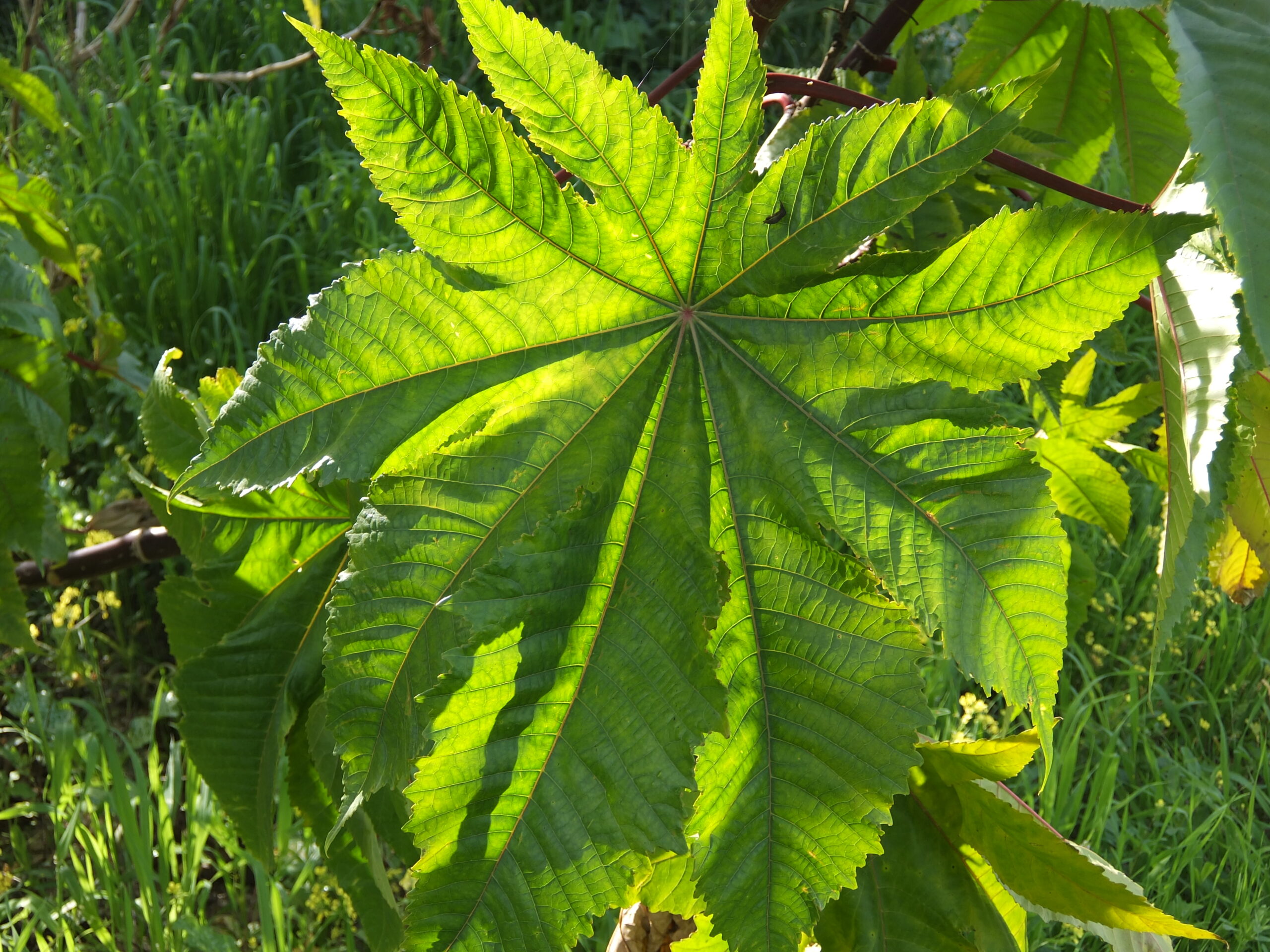
Beware of the castor bean plant (Ricinus communis) in your New York garden.
This invasive species can grow up to 15 feet tall with large, lobed leaves and red stems.
Don’t be fooled by its attractive appearance. The castor bean plant is extremely dangerous.
Its seeds contain ricin, a deadly poison that’s 6,000 times more toxic than cyanide.
If you spot this plant in your yard, take immediate action to remove it safely. Wear protective gear like gloves and long sleeves when handling it.
Never eat any part of the castor bean plant. Ingesting just a few seeds can be fatal. Keep children and pets away from these plants.
Despite its toxicity, some people grow castor beans as ornamentals. If you choose to do so, exercise extreme caution.
Plant them away from areas where people or animals might accidentally come into contact with them.
Remember, the castor bean is both beautiful and toxic. While it may look appealing in your garden, the risks far outweigh any aesthetic benefits.
Your safety and that of your family should always come first.
Atropa Belladonna
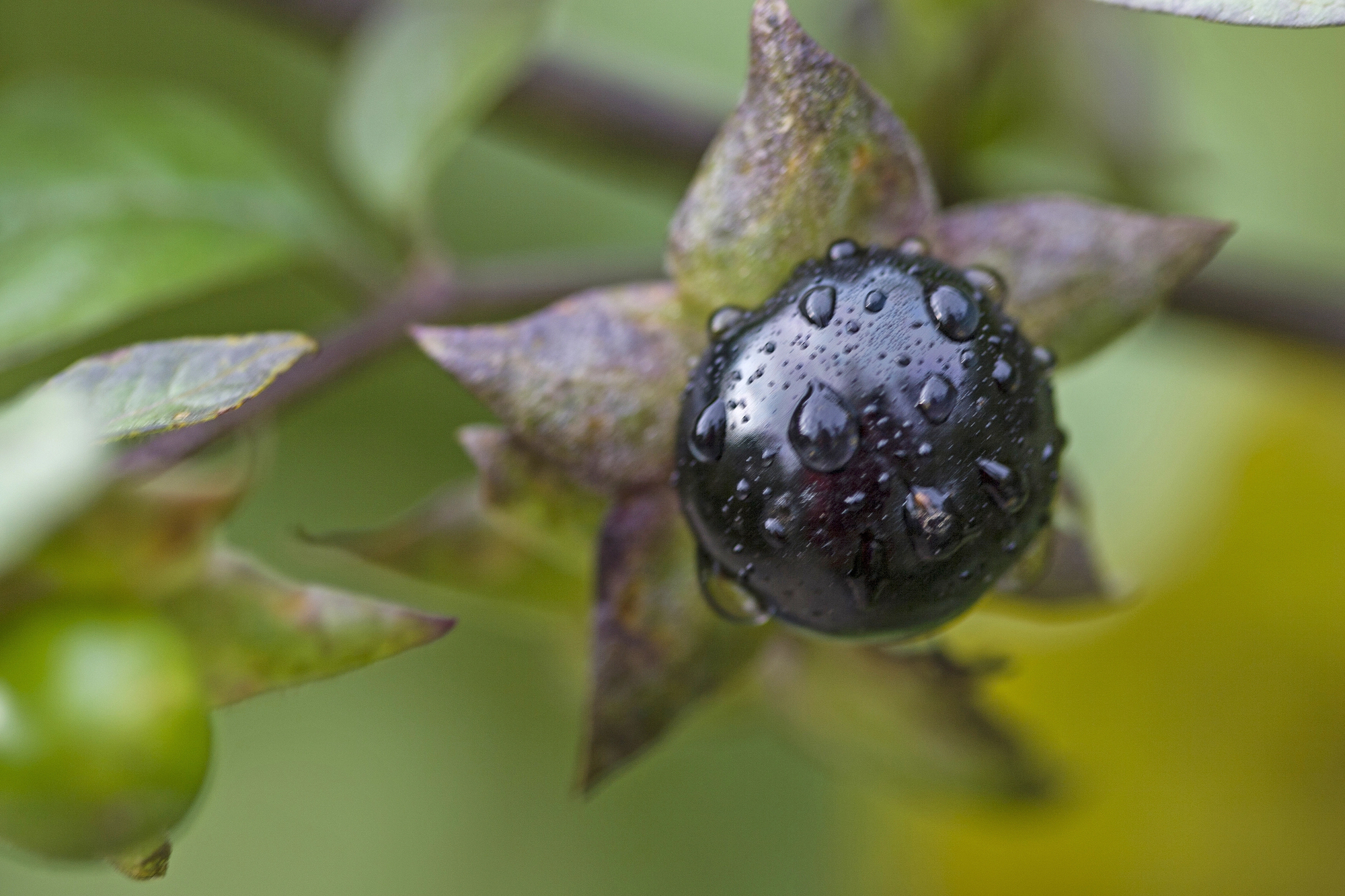
You might encounter deadly nightshade in New York, so it’s crucial to recognize this dangerous plant.
Atropa belladonna (Deadly Nightshade) (Belladonna) is a toxic perennial herb in the nightshade family.
This plant grows 3 to 4 feet tall and wide. It has dark green, oval leaves that can reach 3 to 10 inches long.
The lower leaves grow alone, while upper leaves appear in pairs.
You’ll notice dull purple, bell-shaped flowers on the plant. These flowers have a mild scent.
After flowering, the plant produces shiny black berries. Be aware that all parts of deadly nightshade are poisonous.
The berries pose the greatest risk, especially to children, as they look tempting to eat.
Symptoms of belladonna poisoning include:
- Dilated pupils
- Blurred vision
- Difficulty urinating
- Dizziness
- Hallucinations
If you suspect someone has ingested any part of this plant, seek medical help immediately.
To stay safe, avoid touching or consuming any part of deadly nightshade. If you find it growing in your yard, consider having a professional remove it.
Remember, deadly nightshade can be confused with edible nightshades like tomatoes or eggplants. Always be certain of a plant’s identity before interacting with it.
Autumn Crocus
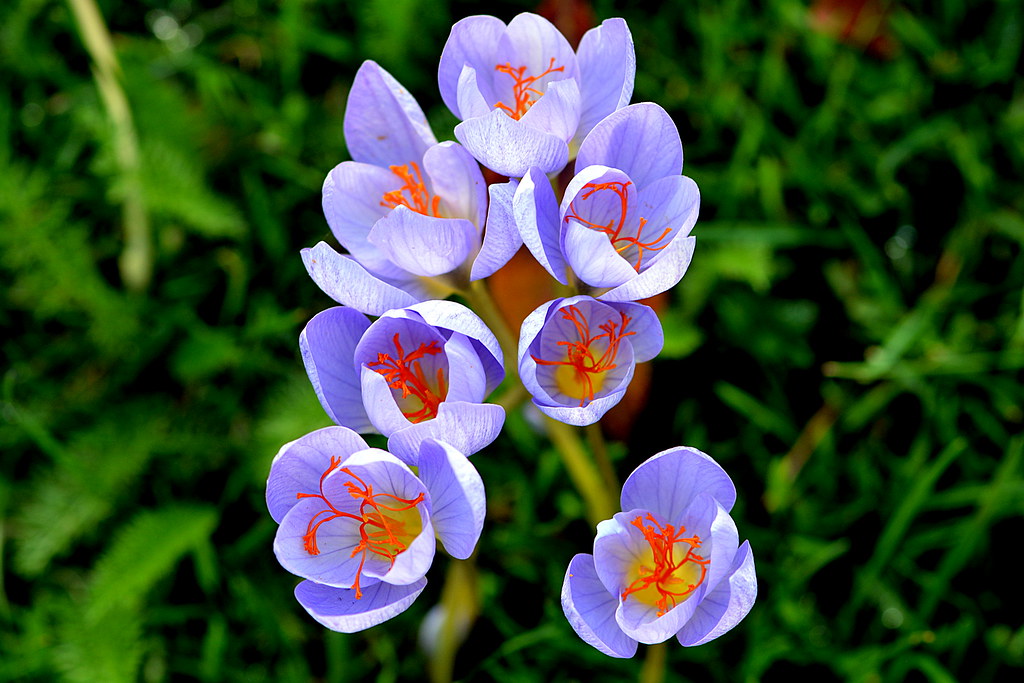
Autumn crocus (Colchicum autumnale) is a beautiful but dangerous plant you might encounter in New York gardens.
Don’t let its pretty pink, tulip-like blooms fool you – this plant is highly toxic.
You might hear it called “naked lady” or “meadow saffron,” but these are misleading names.
It’s not related to true crocuses or saffron. Autumn crocus belongs to the Colchicaceae family and blooms in late summer or fall.
Be careful not to confuse it with spring crocus, which is non-toxic. Autumn crocus is extremely poisonous to both humans and pets. All parts of the plant contain dangerous toxins.
If you have pets or children, it’s best to avoid planting autumn crocus. If you already have it in your garden, consider removing it or fencing it off.
Symptoms of autumn crocus poisoning can include:
- Nausea and vomiting
- Diarrhea
- Abdominal pain
- Seizures
- Organ failure
Seek immediate medical help if you suspect ingestion of any part of this plant.
Prevention is key – learn to identify autumn crocus and keep yourself and loved ones away from it.





